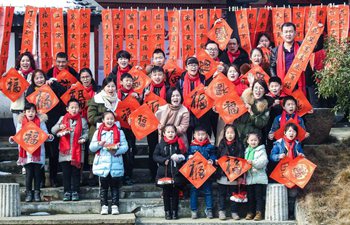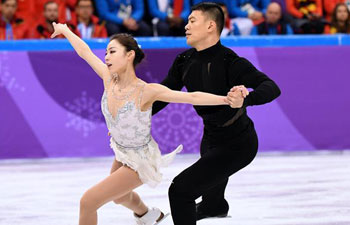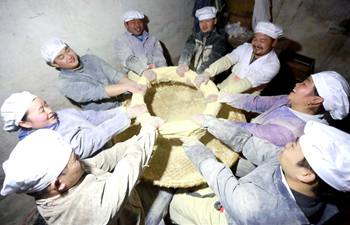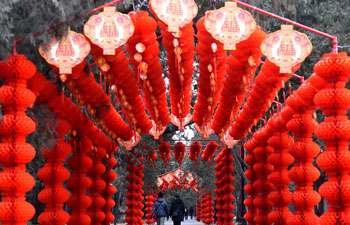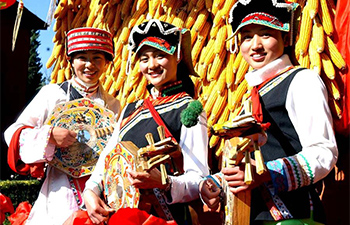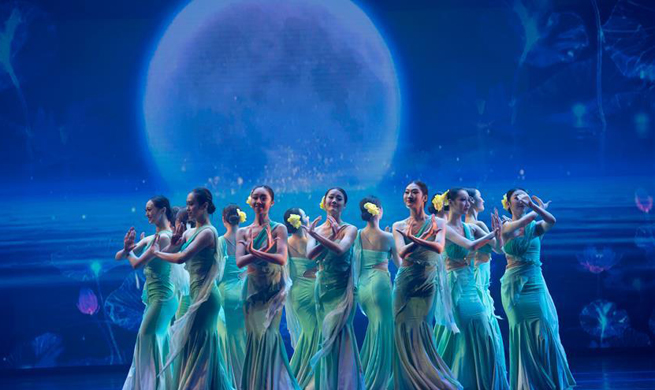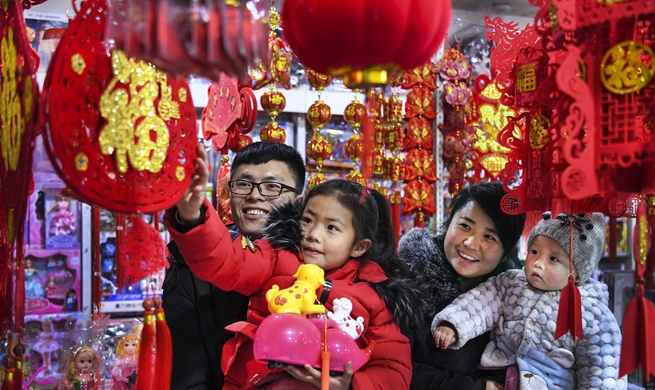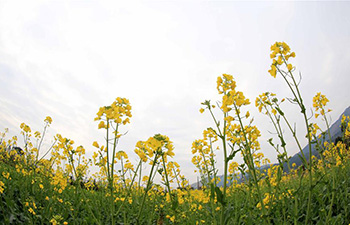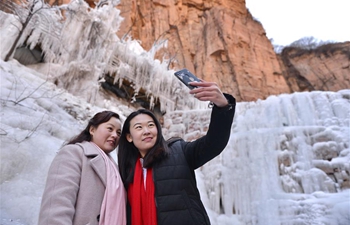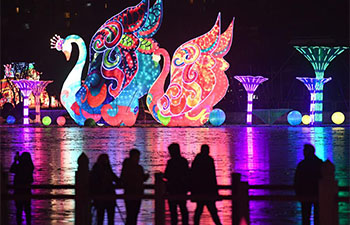SHENZHEN, Feb. 9 (Xinhua) -- Most people run in the opposite direction at the sight of bees, but a few patients in China are volunteering to be stung.
It is a cold morning and She Ruitao is wearing a hat with a veil and two pairs of gloves. He is going to catch live bees on an isolated hill in the southern Chinese city of Shenzhen.
He has raised these bees himself. With a pair of forceps he takes them from their hive and puts them into a glass bottle. Half an hour later, he and 100-plus bees are in his consulting room at Shenzhen Traditional Chinese Medicine (TCM) Hospital.
Catching bees is his first job every Monday, Wednesday and Friday. Since last March, he has been offering bee sting therapy to outpatients at the hospital three times a week.
Part natural medicine, part acupuncture, the therapy requires doctors to inject bee venom into points on the patient's body through a live sting.
"Not all patients can be treated with the therapy," he explained.
It is considered a valid treatment for various ailments, in particular, arthritis and rheumatism. Patients need to have X-rays and blood tests before he offers treatment.
Zhan has suffered from arthritis for years. She holds a bee in forceps and uses it to "sting" Zhan on points on his leg. "My swelling has gone down and my pain has lessened," Zhan said.
She does not rely on this type of treatment alone. "Bee sting therapy must be combined with other TCM and Western therapies," he said. Combining TCM and Western medicine has been the norm in China since the 1950s.
"After the bee stings the patient, the venom stimulates acupuncture points," said She, who claims that extracting venom is not as effective as using live bees because many constituents of the venom are volatile.
She treats more than 30 patients a day. A direct sting from a bee may cause minor allergic reactions such as redness, swelling and itching on skin or a serious reaction like anaphylactic shock, so patients stay in the hospital for 30 minutes of observation after the treatment.
Bee sting therapy has a history of more than 2,000 years in China. Proponents claim that there is some evidence of the anti-inflammatory and pain-easing properties of bee venom.
Currently, the therapy is found in hospitals and clinics all over China. In April 2016, the China Medical Association of Minorities established a sub-branch on bee sting therapy.
However, many health professionals claim that there is no orthodox medical evidence that bee venom is an effective medicine.
A Guangzhou-based allergy doctor, who only gives his name as Wang, asks patients to be more rational. "Even though the bee venom has medical properties, it's not a magical cure-all," Wang said.
The bee dies when it stings. At 7 p.m., She buries the dead bees under a tree in the hospital.
"Sometimes I feel I'm very cruel. I keep reminding myself that what I do is to relieve the pain of patients," he said.




